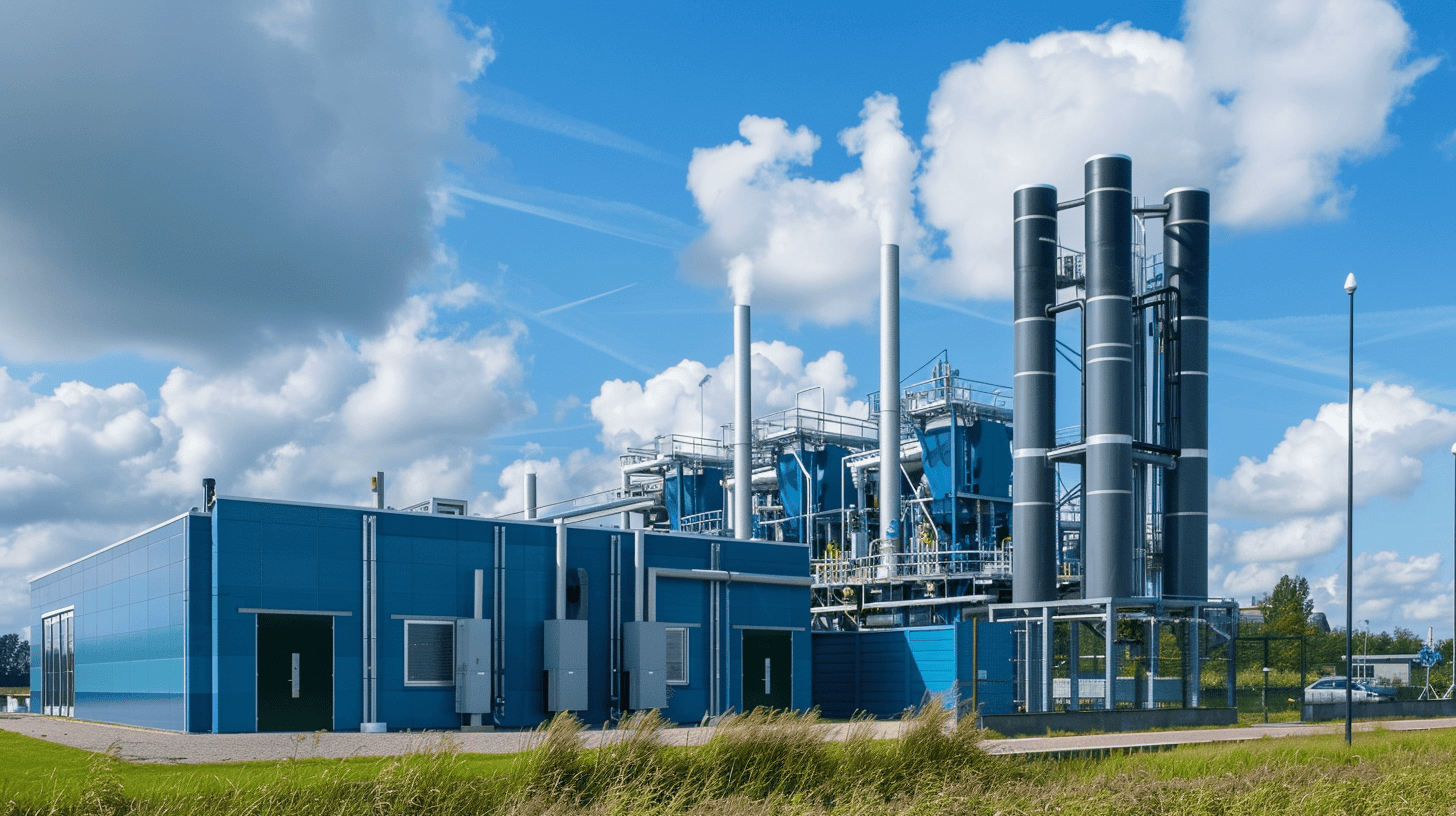
In the face of ongoing heatwaves, innovative thermal storage solutions such as ice storage air conditioning are emerging. This technology reduces peak electrical loads by storing cold in ice – an efficient and cost-effective way to manage surplus energy in large buildings. Other heat and cold storage systems are also gaining traction as climate change intensifies. These systems are not only crucial for reducing the climate impact of cooling but are also key in adapting to the increasing global warming challenges. As the world grapples with record-breaking heatwaves and climate change threats, the adoption and further development of these innovative thermal storage solutions are more critical than ever.
As the world experiences blisteringly high temperatures, the need for innovative solutions to store cold and heat increases. Countries worldwide are grappling with extreme weather events, with some cities in the United States experiencing consecutive day records of triple-digit temperatures. In such intense heat, traditional cooling systems can struggle to keep up, leading to discomfort and potential health risks.
- With the ongoing challenge of managing heat and the desire to reduce energy consumption, there is a need for innovative solutions.
- Utilizing cold storage for later use provides a cooling option without the energy demand of conventional air conditioning systems.
- Numerous ice thermal storage systems are already operational, demonstrating the viability and potential of this technology.
Ice thermal storage: A cool solution
Ice storage air conditioning, a process that uses ice for thermal energy storage, offers a cost-effective method for reducing energy consumption during peak electrical demand. The large heat of fusion of water allows one metric ton of water to store 334 megajoules of energy, equivalent to 93 kWh. This technique is particularly useful in large buildings, ground freezing for mining and tunneling, and combustion gas turbine air inlet cooling. It offers advantages such as cheaper off-peak electricity and reduced demand during peak times. Ice storage air conditioning offers a sustainable alternative to traditional air conditioning systems by utilizing ice as a thermal storage medium.

An excellent example of the application of ice storage air conditioning is the Alitalia complex in Europe. The air conditioning and computer cooling needs of the entire complex are met by ice-chiller thermal storage coils with a total storage capacity of 65,000 kWh, making it one of the largest ice storage installations in the world.
In the United States, the Beverly Hilton and Waldorf Astoria Beverly Hills hotels have launched a new ice-based thermal energy storage system developed by Nostromo Energy. The system is managed by cloud-based software that optimises its operation in real-time. Each hotel can save 30-50% on their cooling costs, reduce carbon emissions by about 200 metric tons annually, and provide backup power during outages by supplying cold energy to power the facility’s cooling system.
The future of cooling
Cold Thermal Energy Storage (CTES) technology is gaining interest, even with other media than ice. It can store cold directly, without the need for producing ice using electricity. CTES relies on storing thermal energy during periods of low refrigeration demand, which can then be used during peak hours to reduce the electricity consumption of the refrigeration system. This technology, coupled with phase change materials (PCMs) that store and release thermal energy at a constant temperature, offers another layer of energy efficiency.

As the fight against climate change continues, the role of innovative thermal storage solutions in reducing our carbon footprint cannot be overstated. These technologies are not only crucial for reducing the climate impact of cooling but are also key in adapting to the increasing global warming challenges. As extreme heatwaves become the norm, the need for efficient and sustainable cooling solutions continues to rise, making the development and adoption of these innovative thermal storage solutions all the more vital.







